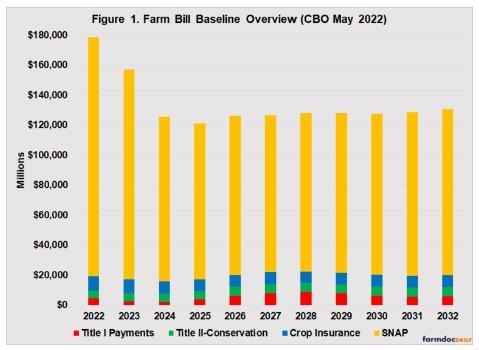By Alyssa Collins and Paul D. Esker
Southern PA is just past flowering in wheat and is watching its barley ripen. Meanwhile, our northern regions have small grains that are flowering or heading now. Don't let your guard down when it comes to small grain diseases, as now is the time to take action on Fusarium head blight (scab) if you haven't already.
Flowering can occur about 3-5 days following heading, depending on variety and weather. Early flowering is the ideal time to spray a product to control head scab. Infection risk levels are spotty, and more than a few parts of the state are in the "high risk" category for infection at this time (Figure 1). If you missed a spray at flowering, you can still spray up to about 6 days later and still expect some efficacy. If your crop is well beyond flowering, the infection risk indicators can give you an idea of how favorable the environment is for the fungus to spread within the plant if it gained entry at flowering. While there's not much to be done beyond a week after flowering, it can be helpful to know how high disease pressure was during the time your grain was developing to give some clues as to how concerned you should be for your crop.
You can view your area's risk level at any time by visiting the Fusarium Risk Tool. For more details on how and what to spray, visit our recent article on Preparing for Fusarium Head Scab on Small Grains .
Figure 1. Infection risk levels on May 31, 2022 as indicated by the Fusarium Risk Tool

Source : psu.edu